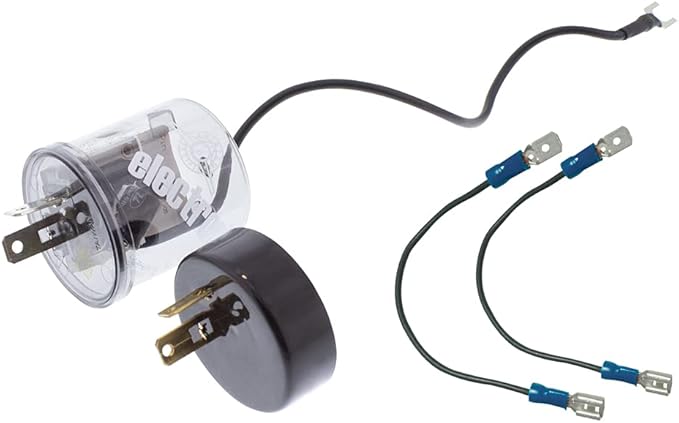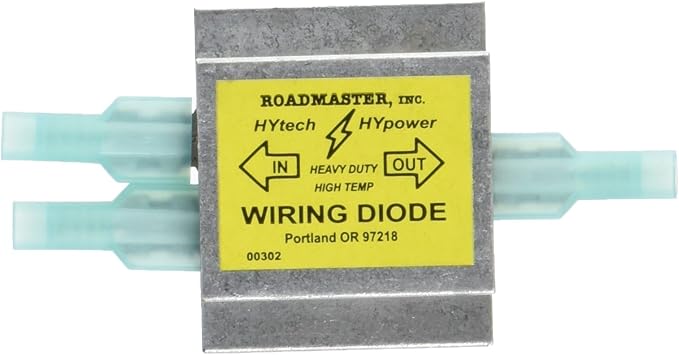Getting the Turn Signals to Work
Most cars use a mechanical flasher in the fuse box to control the turn signal blink rate by opening and closing the circuit. However, standard flashers rely on the resistance from incandescent bulbs to function. Since LEDs draw much less current, they don’t generate enough heat to trigger the mechanical flasher.
As MotorTrend explains:
“The reason most mechanical flashers won’t work with LEDs is that they require very little current flow, which is not enough to heat the internal strip and open the circuit.”
To fix this, you need an electronic flasher designed for LEDs. The 1964 Tempest uses a reverse polarity system (which is relatively rare), so I ultimately went with the United Pacific 90652 LED Flasher with Polarity Reversing Adapter.
United Pacific 90652 LED Flasher w/Polarity Reversing Adapter

Getting the Turn Signal Indicator to Work
Unlike most vehicles that have separate left and right turn signal indicators on the dash, the ’64 Tempest has just one. This creates a problem when switching to LEDs—instead of blinking with the exterior lights, the indicator stays on solid.
The issue stems from LEDs being dual polarity, meaning power from one turn signal can backfeed into the other side. The solution? Installing a diode to prevent current from crossing between the left and right circuits.
In the wiring diagram below, the red wires connect to the left and right turn signals, while the blue wire connects to the dash indicator. With this setup, the indicator works as intended—flashing only when it should.
